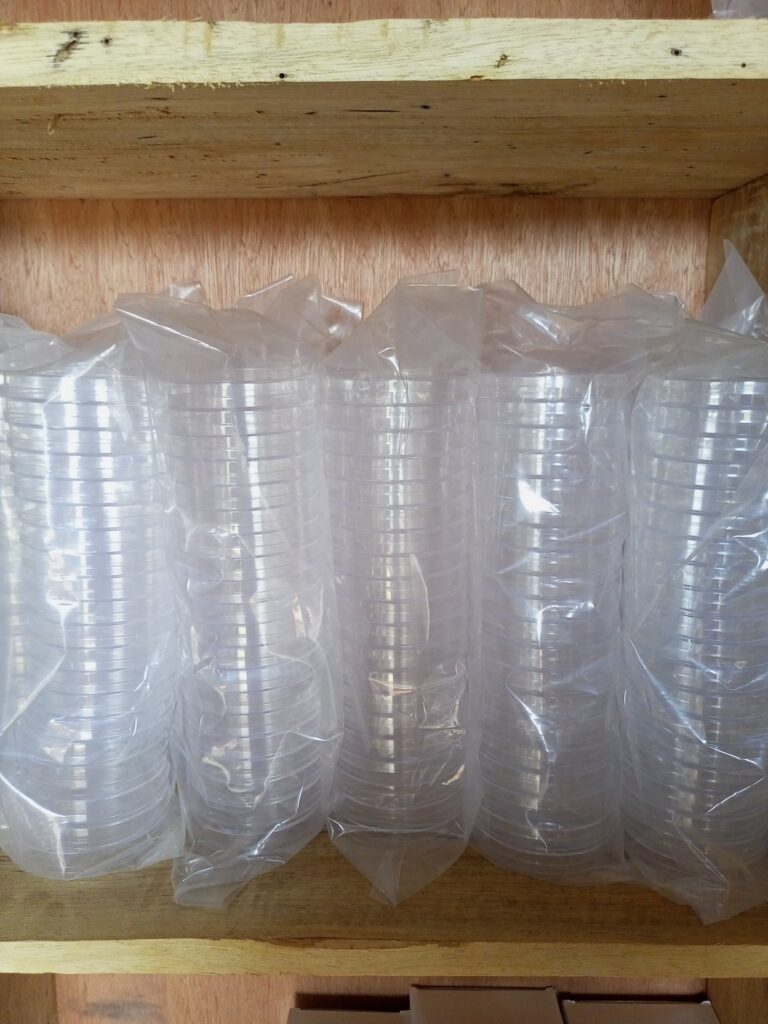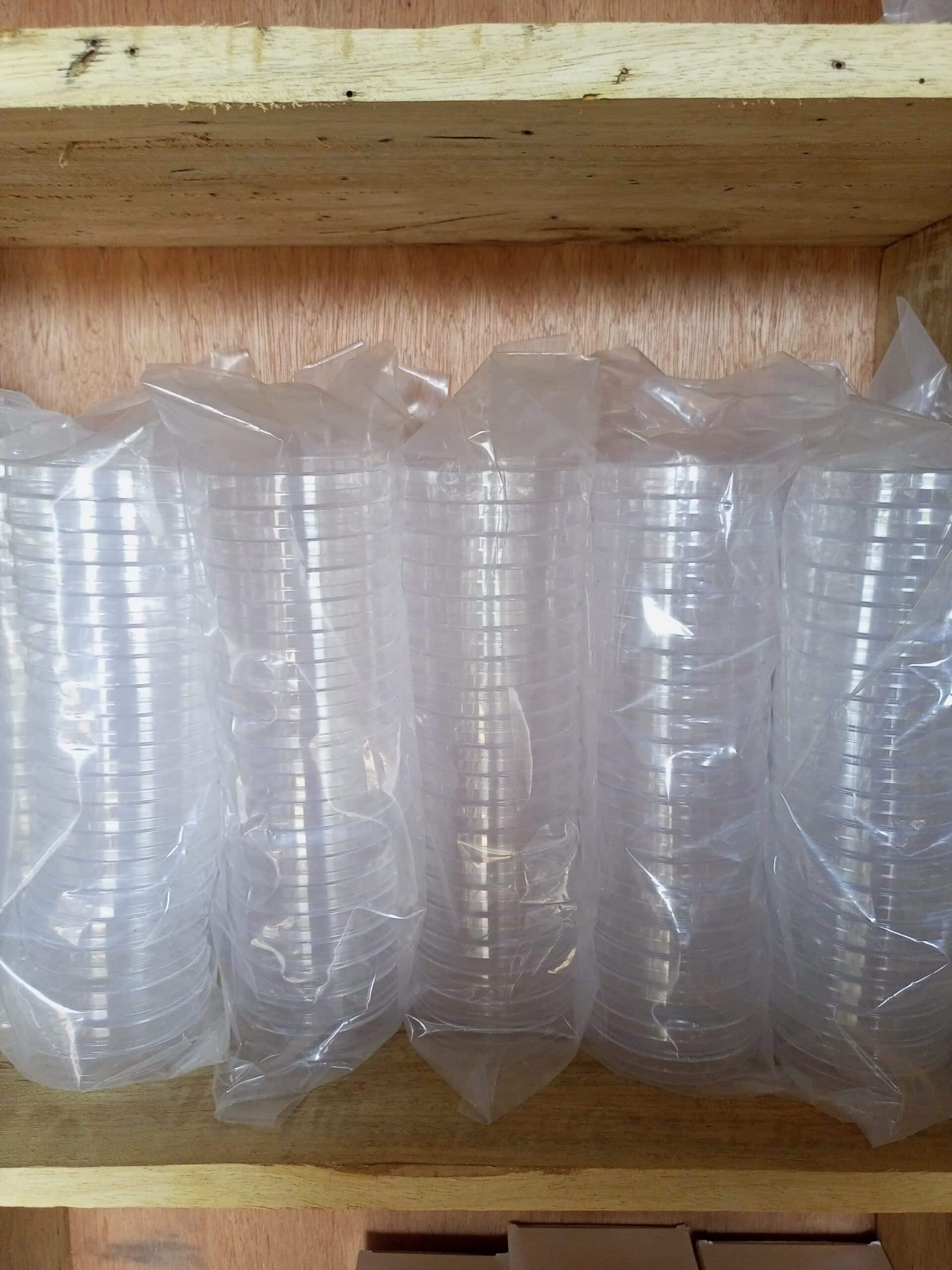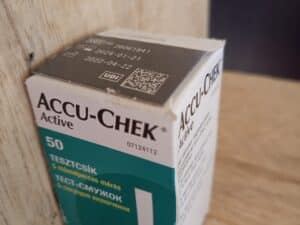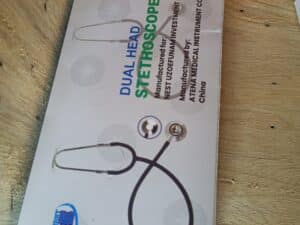Petri Dish
A petri dish, also known as a Petri plate or cell-culture dish, is a shallow, cylindrical, lidded glass or plastic dish used in laboratories for the cultivation and observation of microorganisms or small organisms such as cells and tissues. It was invented by German bacteriologist Julius Richard Petri in 1887.
The typical petri dish consists of a transparent, flat-bottomed dish with a diameter of around 9 centimeters (3.5 inches) and a height of a few centimeters. It is made of glass or a clear, sterile plastic material like polystyrene. The dish is usually equipped with a removable lid, which helps to prevent contamination and maintain a controlled environment.
The interior surface of the petri dish is coated with a nutrient agar or agarose gel, which provides a solid surface for microbial growth. Agar is derived from seaweed and has the property of remaining solid at room temperature, allowing microorganisms to grow and form visible colonies. The agar can be supplemented with specific nutrients or antibiotics to support the growth of particular organisms or inhibit the growth of unwanted contaminants.
To use a petri dish, the lid is first removed in a sterile environment, and a small amount of the desired culture medium, such as liquid broth or agar, is poured into the dish. The medium is then allowed to solidify and form a gel. Microorganisms or tissue samples are then inoculated onto the agar surface using a sterile loop or swab. The lid is replaced, and the dish is usually inverted to prevent condensation from falling onto the growing cultures.
Petri dishes are commonly used in microbiology laboratories for various purposes, such as isolating and growing bacteria, fungi, and other microorganisms. They provide a controlled environment for the observation and study of microbial colonies, including their growth patterns, morphology, and interactions. Petri dishes are also used for testing the effectiveness of antimicrobial agents, studying cell cultures, and performing experiments in fields like genetics, molecular biology, and pharmaceutical research.
Overall, the petri dish is an essential tool in the field of microbiology, enabling scientists to cultivate and observe microorganisms in a controlled and sterile environment.






John Danjuma –
Review for Petri Dish
★ ★ ★ ★ ★